
It can be difficult for hunters to decide what makes a trophy bear, or more importantly, a bear that is going to meet their personal standard. Unlike antlered ungulates, several factors play into the overall evaluation of a black bear. In any type of deer hunting, antlers are everything. A hunter doesn’t care if it has a small body or if its hide is in good shape, as long at the horns are all there. In bears, four factors play into trophy evaluation and discussion of the four areas is relevant: skull size, body weight, hide quality and color phase. Not all four are equal and combinations often outweigh strength in one specific trait. In this article we’ll discuss skull size. Read on, you might just learn something about bear skulls.
Skull Size
Skull size is the basis by which all the record keeping organizations score bears. It is, in essence, like the “horns” of a whitetail or elk. The skull is a significant part of the trophy status of a bear, albeit, the most difficult to estimate. Bears are measured by the dried length and width of their skulls. Record keeping organizations choose to use the skull because it’s the one thing on a bear that can be measured consistently. Weight may seem the best bear-to-bear comparator, but it poses many variables, such as how to certify scales and whether to use dressed or undressed weights. What about animals that are capped and quartered during retrieval? Clearly, skull size is the best way to compare and track bears.
This story is from the November - December 2020 edition of Bear Hunting Magazine.
Start your 7-day Magzter GOLD free trial to access thousands of curated premium stories, and 8,500+ magazines and newspapers.
Already a subscriber ? Sign In
This story is from the November - December 2020 edition of Bear Hunting Magazine.
Start your 7-day Magzter GOLD free trial to access thousands of curated premium stories, and 8,500+ magazines and newspapers.
Already a subscriber? Sign In
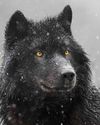
THE END OF 2020, CHALLENGES COMING IN 2021
SOMETHINGS EVERY SPORTSMAN OUGHT TO KNOW ABOUT. STAY ENGAGED!
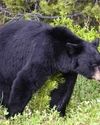
SPRING HUNTING IN MAINE
In 1982 Maine closed its spring season, but you can still spring hunt with an outfitter on some tribal lands.
Bears & Gobblers
SPRING BEAR & TURKEY IN MONTANA
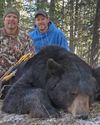
Western Bear Hunting
Picking the right outfitter - Picking the right outfitter can make or break your experience.
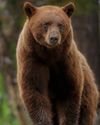
Three Phases of the Spring
Understanding the Pros & Cons in the Timing of Spring Bear Hunting
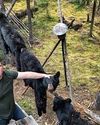
Extreme Utility
Jeff Senger kills for a living.

Canning - Bear Meat
The last six months my non-hunting friends asking increasingly specific questions about how to turn animals into meat.

Bear Dogs - East vs West
The term “bear dog” means something different to every houndsman.

Alaska - One Last Grizzly (DIY)
NOTHING LASTS FOREVER, BUT THE AUTHOR HAS HAD A HECK OF A RUN ON ARCTIC GRIZZLY
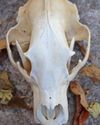
Understanding Skull Size in Evaluating Trophy Black Bear
Black bears can be one of the most difficult big game animals to judge before the shot.